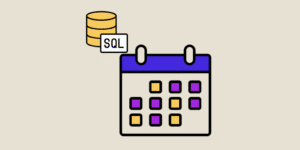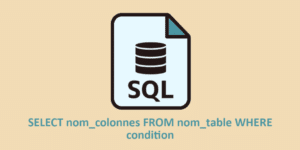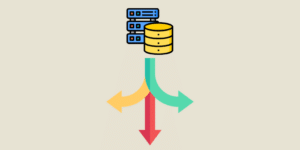
Python If Else: Everything you need to know about conditional statements
Python If Else, and Elif are conditional statements that allow a program to execute code if certain conditions are met. This decision-making system is crucial
🚀 Think you’ve got what it takes for a career in Data? Find out in just one minute!

Python If Else, and Elif are conditional statements that allow a program to execute code if certain conditions are met. This decision-making system is crucial

Analysis of Variance (ANOVA) is a straightforward and widely used statistical technique for examining the relationship between two or more variables, especially between an explanatory

Dataiku is a unified, open-source, cloud-based Data Science platform. It provides data preparation, analysis, and Machine Learning model building features. Discover everything you need to

To exploit code and develop an application, DevOps can use GCP Cloud Run. So what’s it all about? What features does it offer? And what

Depending on the country, culture or data source, dates can be written in a multitude of ways. To simplify data processing, it is essential to

While the SELECT query is one of the most commonly used to read data from a table, it has some limitations if used on its

The WHERE command in SQL is used in queries to filter out data that meets a specific condition. This allows you to extract only the

SQL programming language is a valuable tool for developers and experts. Thanks to a multitude of queries, it is possible to manipulate data and relational

To communicate with databases, developers and data analysts make extensive use of SQL (Structured Query Language). Thanks to these various commands, it’s easy to manipulate

How to combine the flexibility of SQL with the simplicity and efficiency of the Python language? That’s the ambition of SQLAlchemy. Discover everything you need

What is web scraping? As a Data Scientist, Data Engineer, or Data Analyst, you often find yourself handling datasets that will feed into an application,

The chi squared test (or chi 2) is a statistical test for variables that take a finite number of possible values, making them categorical variables.

